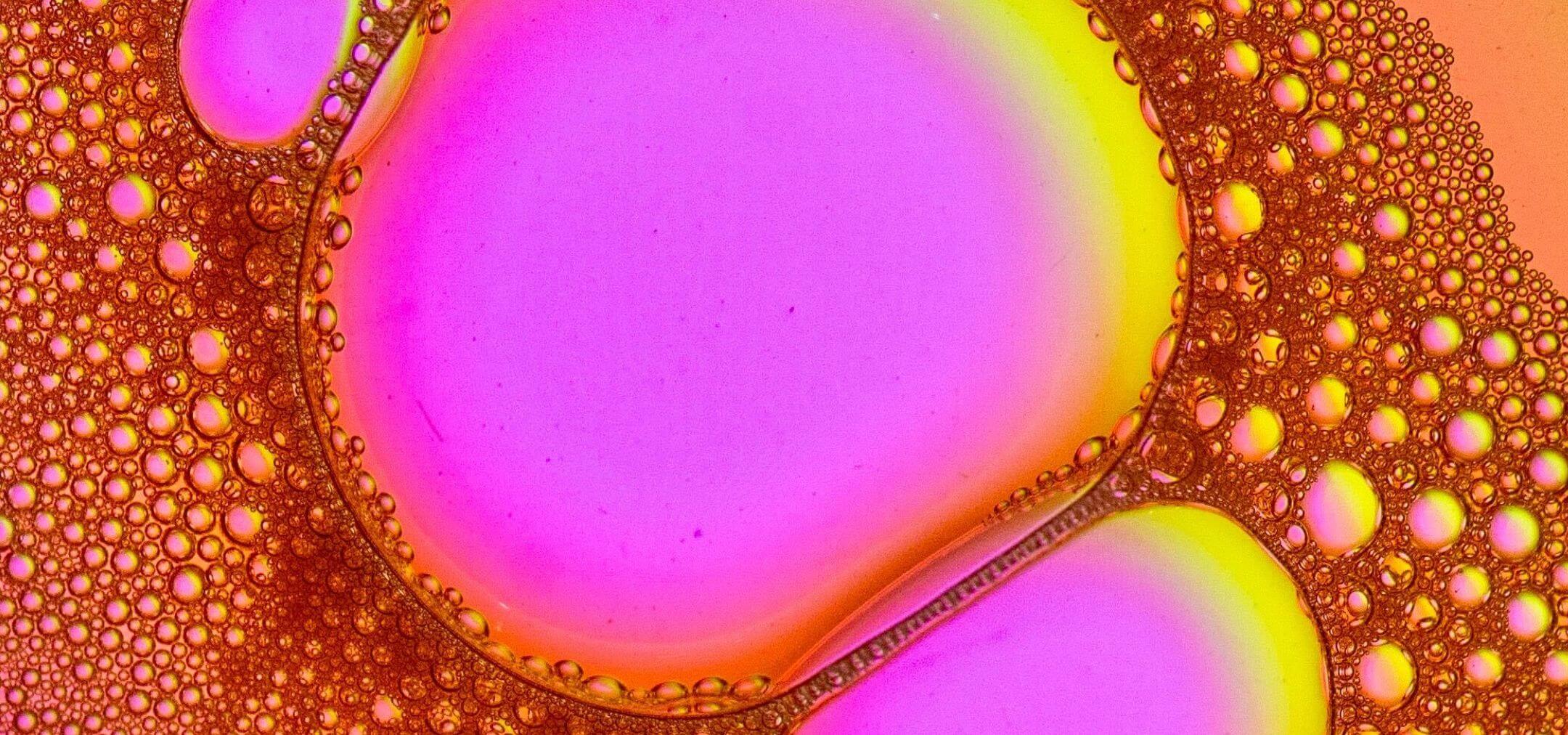Squishing the Barriers of Physics
Four RIT faculty members are opening up soft matter physics to a new generation of diverse scholars
An interdisciplinary group of faculty members is working to make RIT and upstate New York a vibrant hub for the burgeoning field of soft matter physics.
Sometimes known as “squishy physics,” the field explores the properties of materials somewhere between fluid and solid states that can be manipulated easily with changes in temperatures or via other forces. The properties of everything from toothpaste to paint, new drugs to food products, shaving cream to shampoo, and even cells and tissues are governed by the rules of soft matter physics.
In recent years, RIT has made a concerted effort to add expertise in soft matter physics across the university. Now, faculty members Moumita Das, Poornima Padmanabhan, Shima Parsa, and Lishibanya Mohapatra are helping RIT make its mark in the field.
In the process, they are opening up soft matter physics to a new generation of diverse scholars, which will expand the potential for innovation.
The group has already earned millions in prestigious sponsored research grants, launched a conference to connect soft matter physicists from the region, and provided cutting-edge research opportunities for RIT students.
The outside world is beginning to take notice. Jennifer Schwarz, a professor of physics at Syracuse University, was an invited speaker at the Upstate New York Soft Matter Workshop hosted by RIT last fall and referred to the work in soft matter physics happening at RIT as “top notch.”
“I was really kind of awed by a presentation by these four powerful women from RIT about really interesting things they are working on in the field,” said Schwarz. “At RIT, they are definitely making a clear move to really excel in soft and living matter physics.”

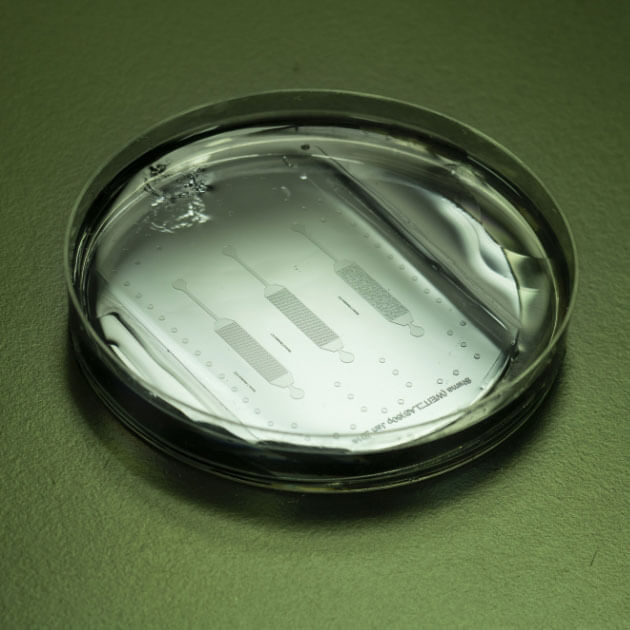
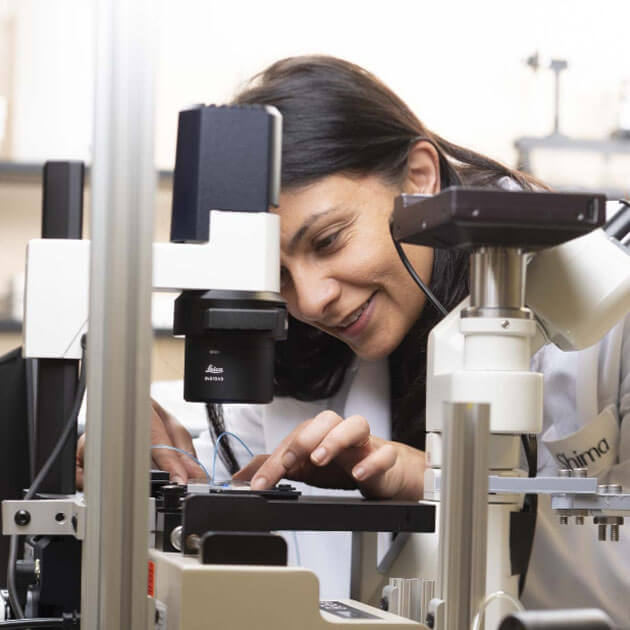
Assistant Professor Shima Parsa is studying how organic contaminants, such as petroleum, disperse in the soil. The research could impact environmental preservation efforts.
The first to arrive
Das knew she wanted to be a physicist since she was in middle school. A self-described introvert, she spent much of her time observing the world around her and trying to figure out how things worked.
“I was very fascinated by how some insects could walk on water and eventually I was told that it was because of surface tension and physics could explain that,” said Das.
“I learned that if there was an oil spill on the road, you could see all of these colors of the rainbow because of interference. So I decided that if physics could explain all of these things, I would become whatever I had to become so that I can study this subject forever. I was told that means you have to become a physics professor.”
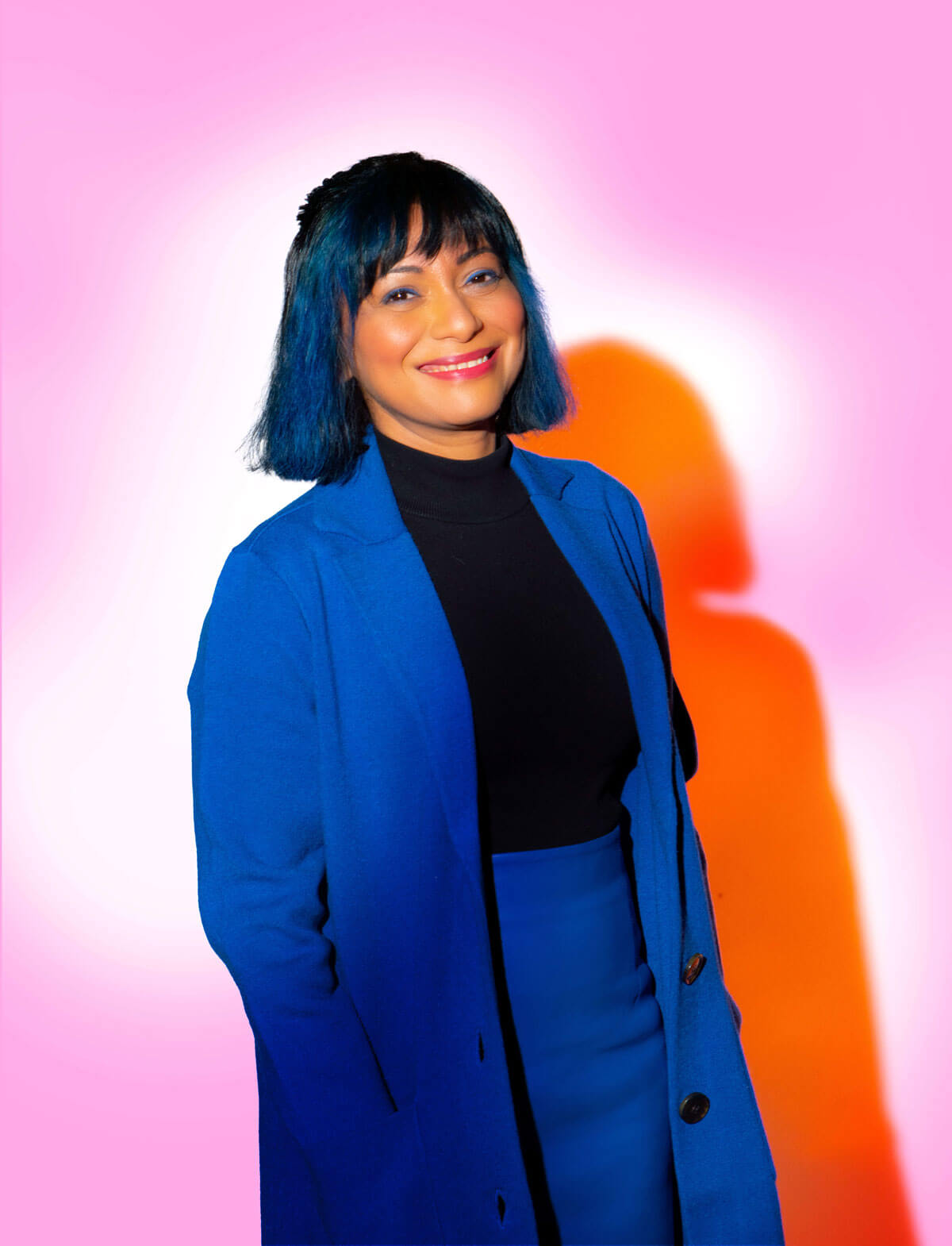
Moumita Das’s research could lead to next-generation materials inspired by biological cells, such as self-healing bridges or dynamic prosthetics.
Das reached that goal in 2012 when she joined the faculty at RIT. Now an associate professor in the School of Physics and Astronomy and program faculty for the School of Mathematical Sciences, her research focuses on biological systems, using mathematical modeling to explore their mechanics, geometry, and structural properties.
Das has earned more than $3.2 million in sponsored research to date, and her expertise in modeling biological systems has led to collaborative projects with investigators all over the United States.
In 2017, she was part of a $4 million National Science Foundation (NSF) “Big Ideas” initiative grant to build synthetic neurons that can be used in programmable networks. The goal is to identify the rules that govern life and predict an organism’s characteristics.
She has received other large grants from NSF, National Institutes of Health (NIH), and private foundations to collaborate on projects to study the fundamental rules that allow bacteria to compartmentalize the functions within their cells and to design and create next-generation materials inspired and empowered by biological cells. The research could pave the way for materials that can be used to build bridges that repair themselves or wound-healing prosthetics, for example.
When she started as an assistant professor, Das said her field of physics was largely homogeneous, predominantly composed of faculty who were white men. According to the Institute of Physics, in 2018 just 27 percent of newly hired physics faculty members were women. White people accounted for 84 percent of U.S. physics Ph.D.s earned in the classes of 2018 and 2019.
But she said that has begun to shift in recent years. She felt the tides start to turn at RIT in 2017 when Padmanabhan joined the Kate Gleason College of Engineering’s Department of Chemical Engineering as an assistant professor.
Soon others would follow, including Parsa in 2019 and Mohapatra in 2020, and RIT had gained what Das called a “critical mass” to start making a broader impact.
“We now have experts in living and non-living soft matter, fluids, gels, granular matter, liquid crystals. And in my department and others, we want a diverse demographic not just in terms of gender, but also race, ethnicity, country of origin, socioeconomic status, and more.”
Expanding the pipeline
Padmanabhan was brought to RIT for her expertise in thermodynamics at the nanoscale and development of novel material structures. By that time, she had already begun to make her mark on the upstate New York region at Cornell University.
There she was a postdoctoral researcher and received the university’s Alice H. Cook and Constance E. Cook Award, given by the Office of Faculty Development and Diversity for commitment to women’s issues and improving the climate for women at the university.
Since joining the RIT faculty, she became co-director of the Computational Materials Research Nucleus Lab, and in 2022, she earned a prestigious NSF Faculty Early Career Development (CAREER) award from the NSF’s Division of Materials Research.
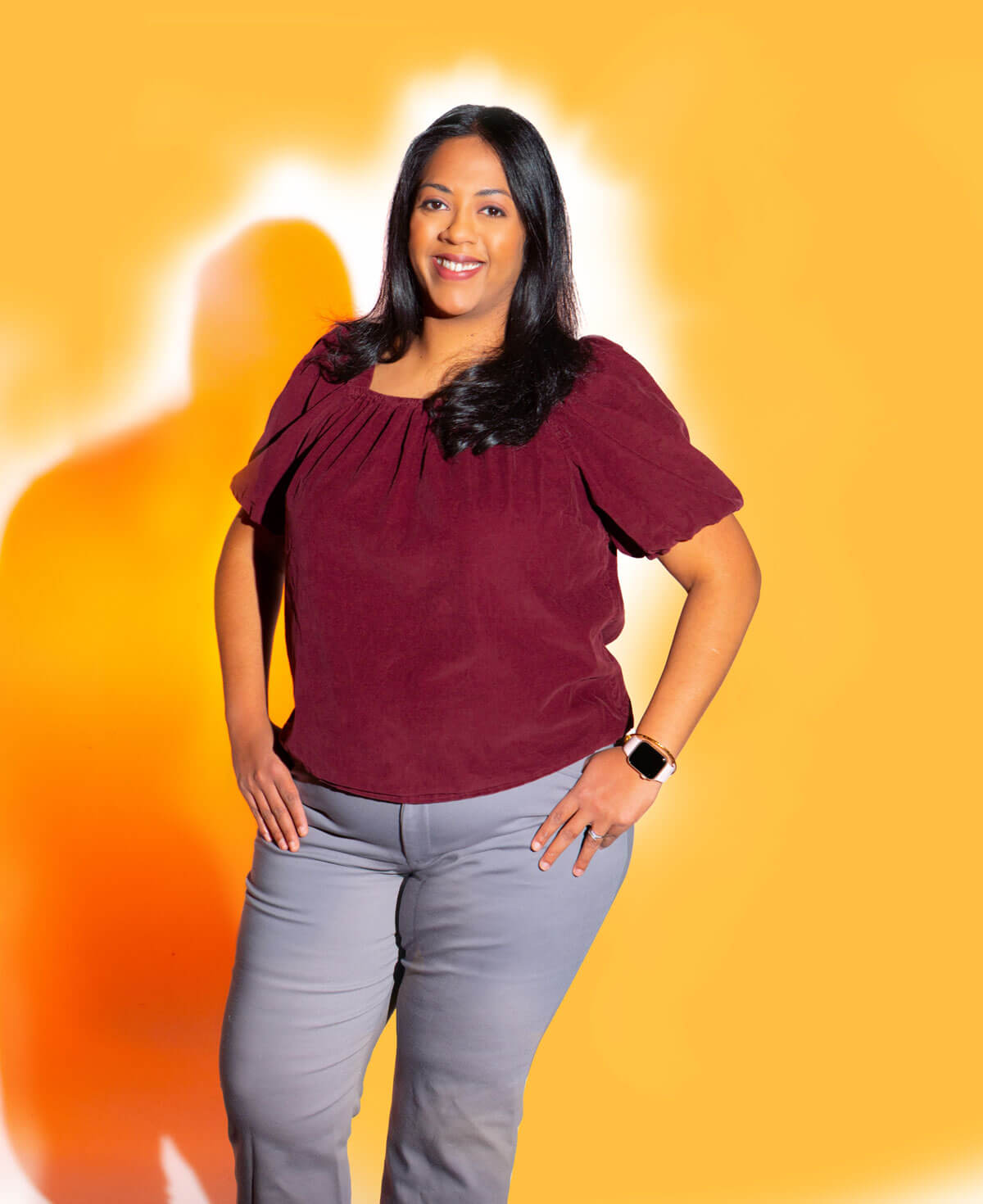
Poornima Padmanabhan is exploring how different cell types are formulated in biochemical development, which could lead to synthetic materials for agriculture, pharmaceuticals, and imaging.
She aims to discover how chiral polymers—or mirror-image, entangled molecules—interact and self-organize, a process essential to developing novel ways of synthesizing materials and, more fundamentally, to understanding the origins of life.
The project could have big implications for use in the pharmaceutical industry, in agriculture or food analysis, and in the development of novel materials to enhance sensing and imaging applications.
“You have companies developing sophisticated things like new drugs and they are offering well-paid careers for soft matter scientists,” said Padmanabhan. “But even humble everyday industries developing things like food products, paints, and coatings have terrific job opportunities and use soft matter physics in their technologies.”
RIT undergraduate and graduate students are working closely alongside Padmanabhan and her colleagues in their research, and she said RIT’s expanding doctoral offerings are helping them expand their research firepower.
“We just started our Ph.D. program in biomedical and chemical engineering in 2021, and it’s a huge game changer for me,” said Padmanabhan. “The collective effort is really gaining momentum.”
RIT’s mathematical modeling Ph.D. launched in 2017 also added to the soft matter physics researcher pipeline. The Ph.D. program in physics coming in 2024 will bring even more researchers to the field.
Launching the workshop
Parsa was still a postdoctoral researcher at Harvard in 2019 when she met Das, who was chairing a faculty search committee. Parsa secured the job and joined RIT’s School of Physics and Astronomy as an assistant professor that fall. But while Das and Parsa quickly formed a close bond and share a field, their research interests are far apart.
Parsa is an experimental physicist and studies problems that are mostly environmental. In her lab in the Chester F. Carlson Center for Imaging Science, she uses techniques including optical imaging and microfluidics to study natural phenomena such as the transport of contaminants in soil.
“Whatever we see outside, I’m making a smaller version of that in my lab that we can measure,” said Parsa. “What I love about soft matter is that it is very accessible. It’s exploring the physics behind things that everybody can see.”
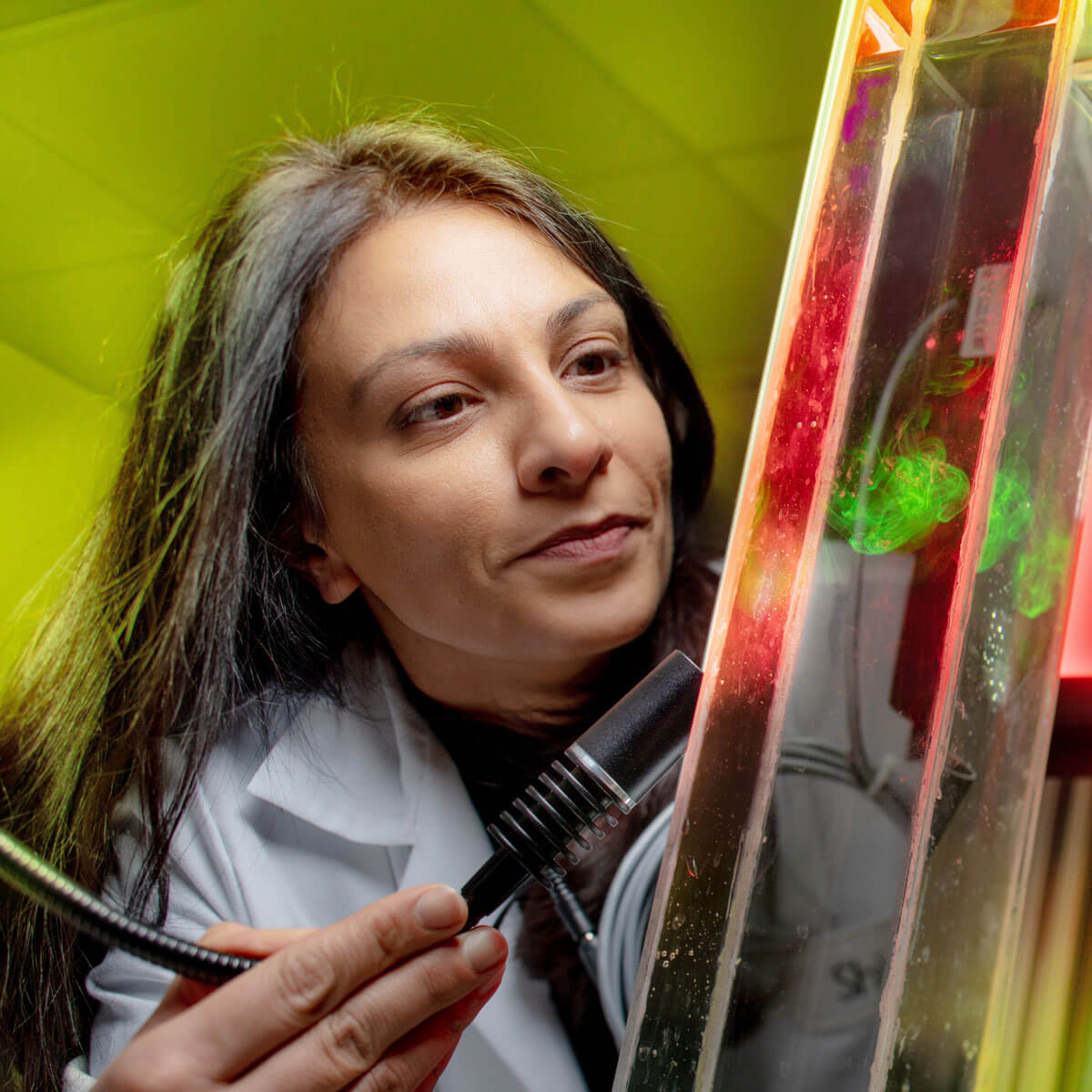
Shima Parsa’s research could help explain how environmental contaminants like petroleum move through soil.
The American Chemical Society provided Parsa funding to study how organic contaminants such as petroleum disperse in the soil. She is active in her field at the national level through the American Physical Society and serves in the Group of Statistical and Nonlinear Physics.
Last fall, the RIT team helped gather the region’s top researchers in the field by launching the Upstate New York Soft Matter Workshop. The event filled a void left after a similar workshop fizzled out after 2014.
Spearheaded by Parsa, the new workshop brought faculty, postdoctoral researchers, and students from nearby universities including Syracuse University, Cornell University, University at Buffalo, and University of Rochester to the RIT campus to share the latest breakthroughs.
Parsa said she envisioned the workshop as an inclusive place for soft matter physicists to share the latest developments in their disparate areas of focus.
“We had very good representation from people of color and female faculty and students, which does not usually happen in physics because talks are usually given to other faculty with established work,” said Parsa. “We are glad to have built an environment in which the students have the opportunity to talk to faculty without being intimidated by their status.”
Creating a supportive environment where all colleagues can openly discuss their interests, successes, and challenges is key to helping scientists thrive, said Parsa.
“At RIT, it’s empowering having the four of us, all women of color, get together and talk about research,” said Parsa. “It’s a safe space when you have people who understand you and they know your problems. We want the students and future hires to feel the same.”
The art of communicating
Communication also is key to working in such an interdisciplinary field, according to Mohapatra, who was the last of the four to join RIT in 2020.
Mohapatra came to RIT’s School of Physics and Astronomy from Brandeis University, where she was a science communication fellow and co-director of the Quantitative Biology Research Community, a Howard Hughes Medical Institute-funded research program for undergraduate students working at the intersection of physical and life sciences.
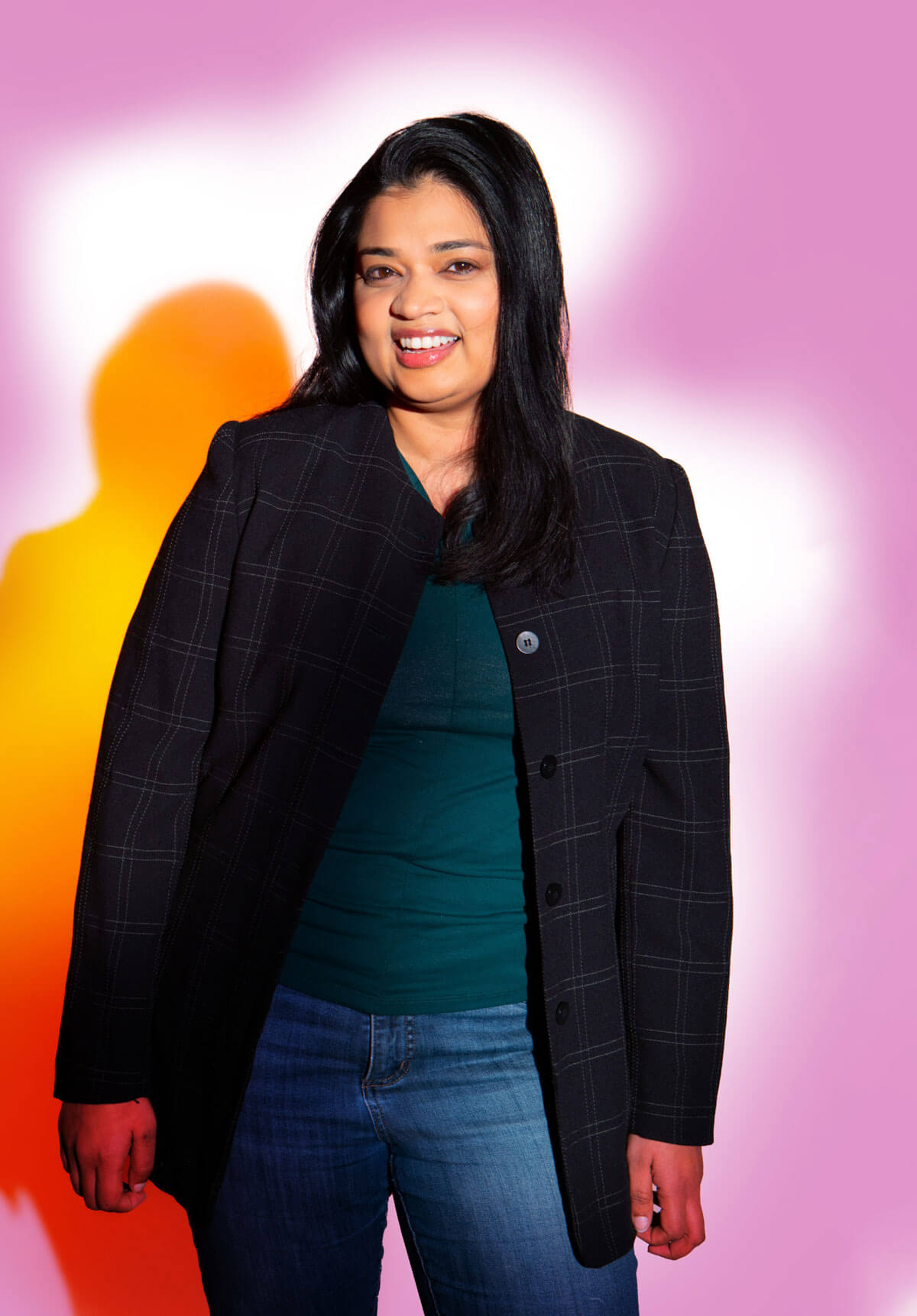
Lishibanya Mohapatra’s studies of cells could ultimately lead to therapies for neurodegenerative diseases like Parkinson’s and Alzheimer’s.
She uses math, physics, and computation to study how cells measure and control the size of their organelles. That requires collaboration with scientists and engineers with very different backgrounds from her own.
“You’re going to be talking to chemists, biologists, computer scientists, and more,” said Mohapatra. “You have to speak in a language that is accessible to all. My love of science communication in general has become a very natural part of this.”
Last year, Mohapatra earned a five-year, $1.7 million Maximizing Investigators’ Research Award for Early Stage Investigators from the NIH to study how cells control the size of organelles.
She will lead an interdisciplinary team of collaborators from McGill University, Emory University, and the University of Virginia in work she hopes will eventually lead to therapies for neurodegenerative diseases.
This academic year, Mohapatra became chair of RIT’s Women in Science program, expanding her reach beyond the students she advises and teaches in the classroom.
Looking ahead, Mohapatra and her colleagues want to build on the momentum started by the upstate workshop and increase collaboration between experts across the region. The plans are for the workshop to become an annual offering. The next iteration will take place in Syracuse this fall.
Eventually, they hope the region can establish an NSF-funded research center in soft matter physics that benefits the faculty and students at RIT.
“We’re very lucky that the upstate area has a wonderful roster of people who do amazing research in soft matter physics,” said Mohapatra. “We want to bring the geographical focus of the soft matter community to upstate New York.”










